Class V Injection Wells
Introduction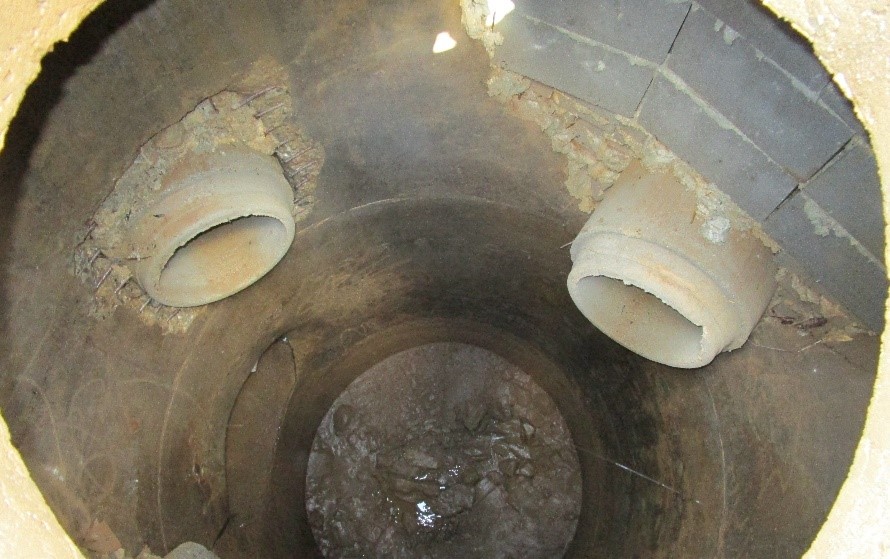
well [wel] n. 1 A bored, drilled, or driven shaft, or dug hole that is deeper than its widest surface dimension, or an improved sinkhole, or a subsurface fluid distribution system. (40 CFR 144.3)
An injection well is a well that is used to place water and fluids underground into porous geologic formations. Regulated by the Safe Drinking Water Act, these wells are subject to federal requirements in order to protect public health and prevent contamination of underground sources of drinking water. The EPA regulates injection wells via the Underground Injection Control (UIC) Program. Under the UIC program, injection wells are grouped into six categories or classes based on use. Class V wells are used for the injection of Non-Hazardous fluids into or above underground sources of drinking water. At the University, Class V wells are used to discharge stormwater from portions of campus into existing modified sinkholes.
Class V Wells on Campus
There are several Class V wells located at the University. The greatest examples are located at the Woodland Glen Dormitory Complex and the W.T. Young Library. Both of these locations utilize sinkholes to discharge stormwater generated from the site and surrounding area.
Woodland Glen
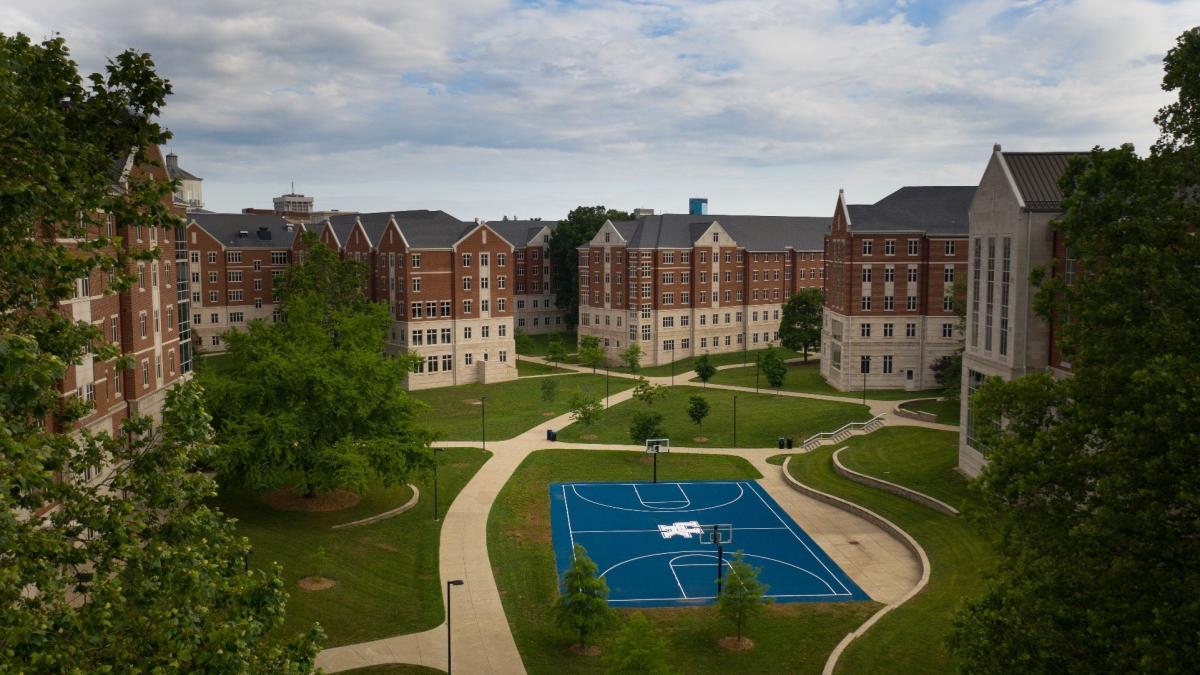
Woodland Glen is a student housing complex centrally located on the east side of campus. Stormwater from the approximately 14 acre site is managed via two sink holes located at the northern and southern portions of its interior. Drywells were constructed at each sink hole throat to allow for proper drainage of the stormwater. Water quality units have been installed at each line entering the drywell to prevent the discharge of contaminants to the sink hole. The northern sink hole is protected by a baffle box while the southern sink hole is protected by multiple hydrodynamic separators. More information about these Best Management Practices (BMPs) can be found in our Post-Construction BMP section.
 |
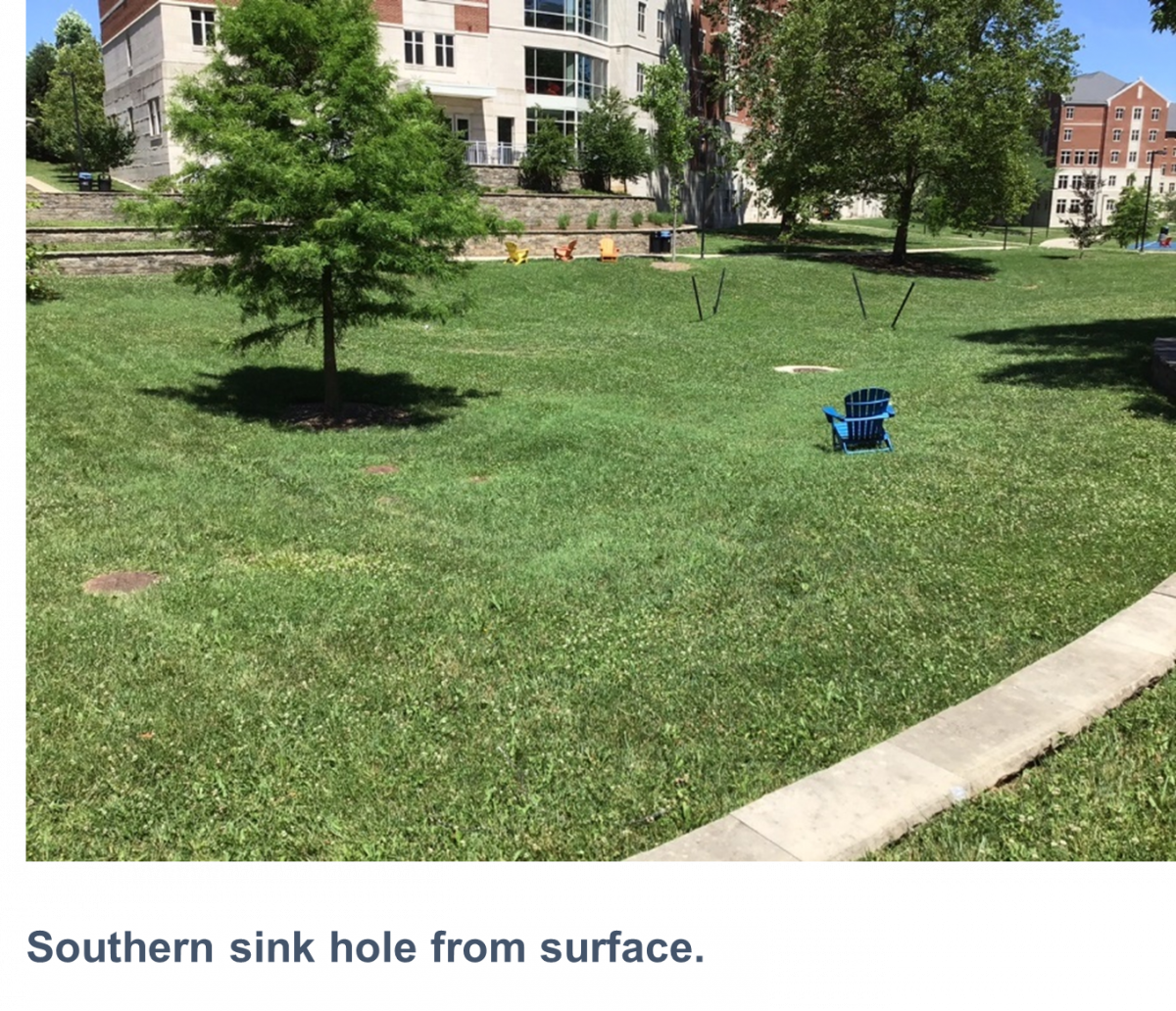 |
* Click images to open full size.
W.T. Young Library
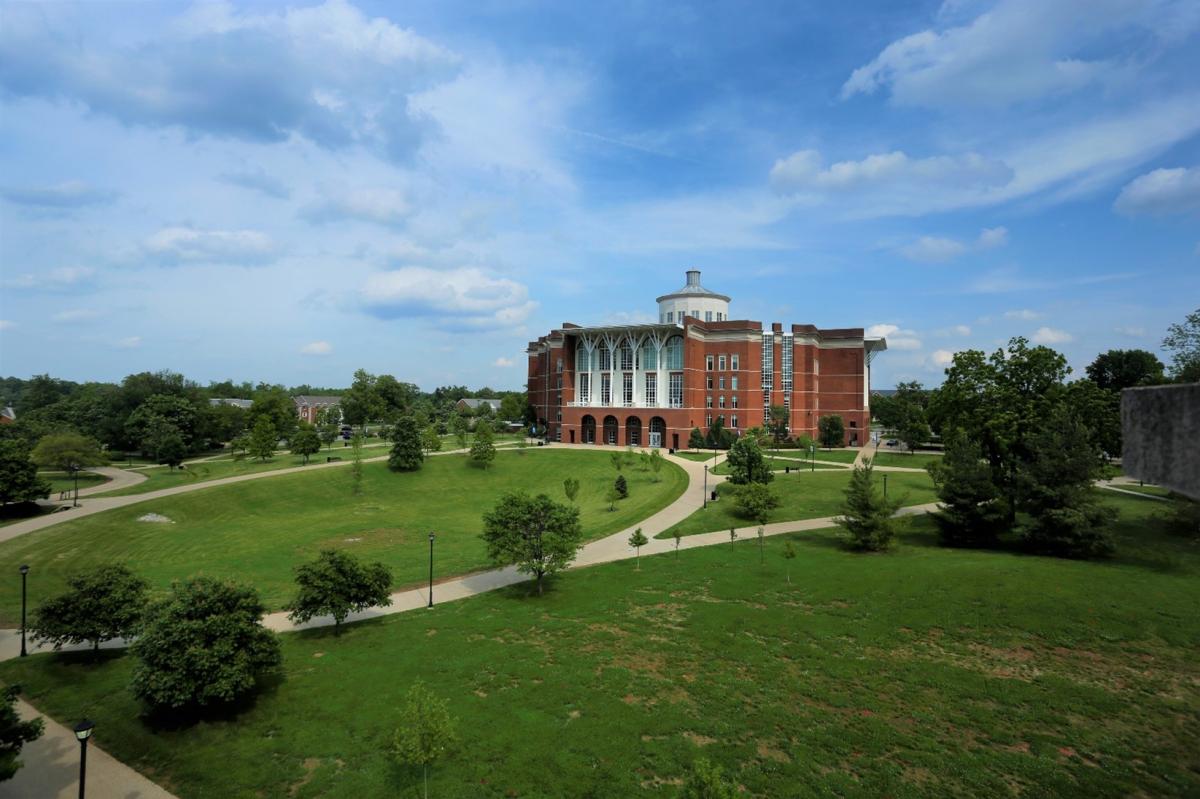
Located in the heart of campus, W.T. Young serves as the central library in the university library system. Stormwater from this approximately 20 acre site primarily discharges via the University storm sewer system and travels to a larger LFUCG culvert that discharges to Town Branch. In the event that flows exceed the capacity of the lines leading to the LFUCG culvert, this system has been designed with two large detention basins (North and South) with a sink hole located at the base of each basin. As flow begins to back up into the detention basins, it diverts to the sink holes as a secondary point of discharge. Most rainfall events will bypass the sink holes and discharge to Town Branch via the LFUCG system.
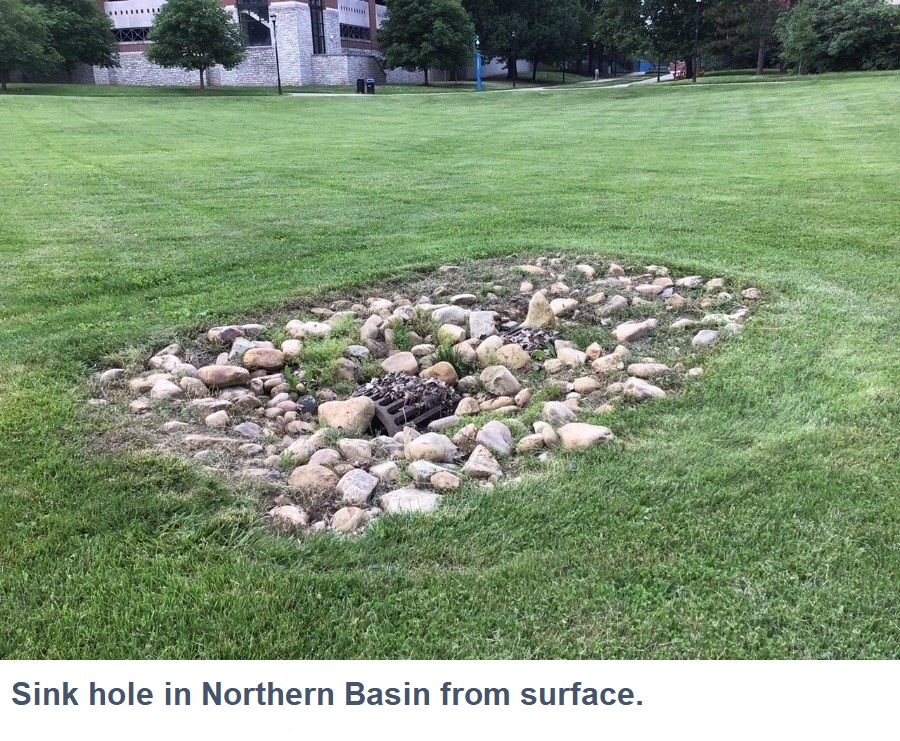 |
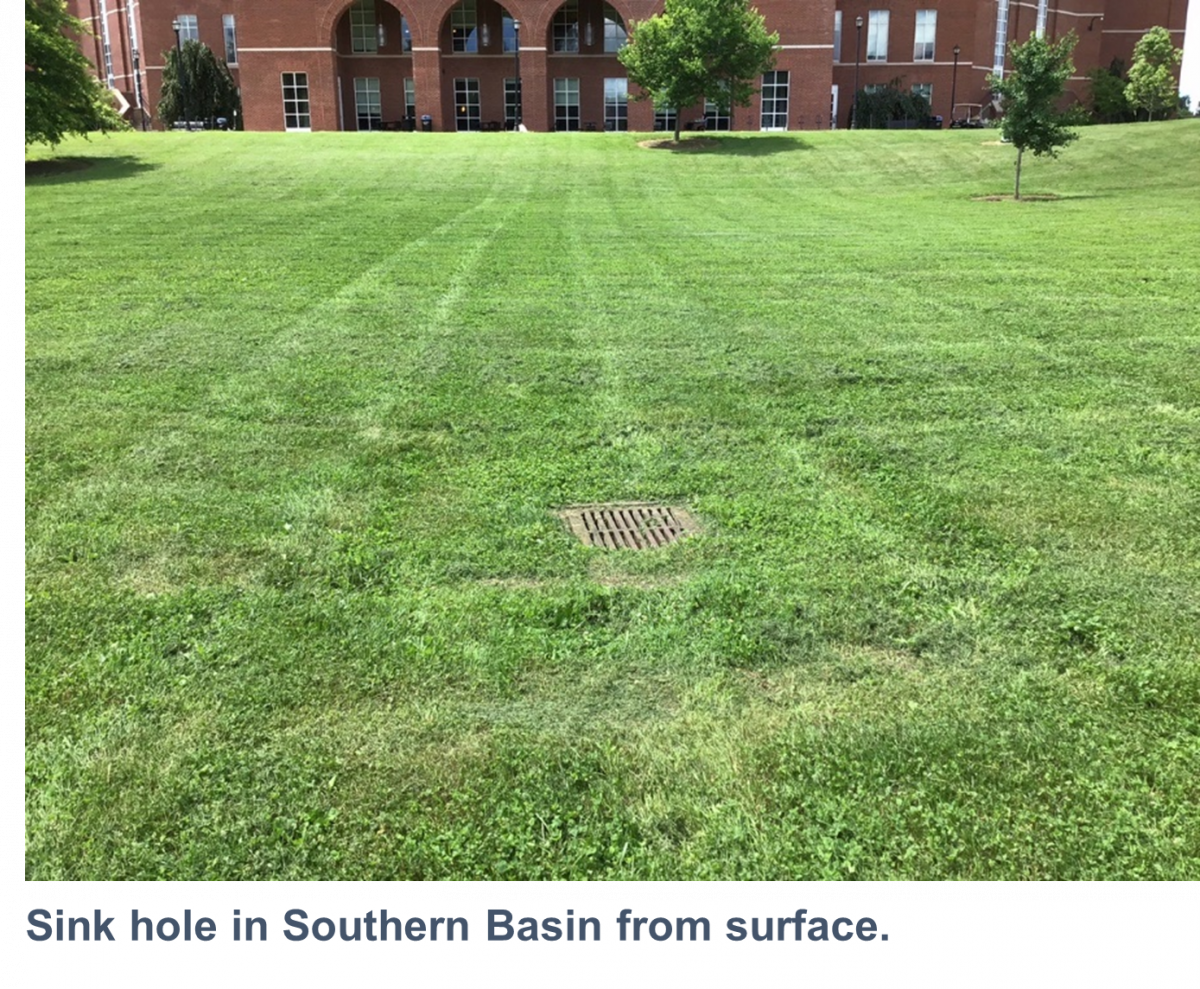 |
* Click images to open full size.
Owners and operators of Class V wells in Kentucky must comply with applicable local and state stormwater regulation and prepare a Groundwater Protection Plan. As a permitted Municipal Separate Storm Sewer System (MS4) these systems and their associated BMPs are maintained as part of the University’s Stormwater Program.
